Encountering challenges is inevitable in network management. The recent carrier outage that swept across the U.S. is a reminder of this fact. Such events underscore the importance of preparedness and the ability to respond swiftly and effectively to ensure continuity and minimize disruption to business. Managing outages can be done in five easy steps.
When the outage occurred, it had a significant impact nationwide, affecting businesses and consumers. During an outage, there are immediate increases in alerts, tickets, and calls to helpdesk teams who are concerned with potential network hardware failures, and everyone questioning how long until communications are up and running.
Your team is under pressure to quickly assess the situation and take action.
Five Easy Steps for Managing Outages
1. Assess Outage Impact:
The first step is understanding the issue and how widespread it is. Ideally, you have a comprehensive view of your network and infrastructure, which allows you to diagnose and act quickly. An incomplete picture requires time to investigate. And the resulting delay can make minutes feel like hours.
2. Search for Readily Available Information Regarding the Outage:
Once you understand the scope, a swift internet search to gather available information about the outage will aid in your understanding and response to the situation. Downdector.com is one resource that provides a real-time overview of issues and outages with all kinds of services, and a general internet search can also provide you with quick information.
3. Prioritize Communication:
Inform your leadership team and your customers about the situation. Clear, transparent communication is crucial in maintaining trust and managing concerns during disruptions. Summarize the extent of the event, its impact on the business, and the expected timeframe for updates.
4. Focus Resources Effectively:
Understanding the root cause of an outage allows you to allocate resources more efficiently. During last week’s event, knowing the event was a carrier-related issue allowed you to focus your efforts on communications and routine business. The right information keeps you from wasting time and resources investigating unrelated hardware issues.
5. Strengthen Relationships:
By taking a proactive stance and maintaining open lines of communication, you reinforce your commitment to customers’ operational resilience. Demonstrating reliability and readiness to support them in times of crisis helps to solidify yourself as a trusted partner.
Your preparedness and strategic response to an outage enable you to manage the situation with minimal disruption. Your role extends beyond just managing networks; you are committed to your company’s operational endeavors.
Trextel is an expert in solving the complexity of multi-location, multi-device, technology design, deployment and management. Unlike traditional MSPs, we blend advanced WAN management, and large-scale technology design and deployment expertise with a strategic focus on customer success. Our approach ensures your network isn’t just managed; it’s built and optimized for peak performance and innovation, today and tomorrow.
Let’s talk about how we can help you improve your processes and achieve your goals.




